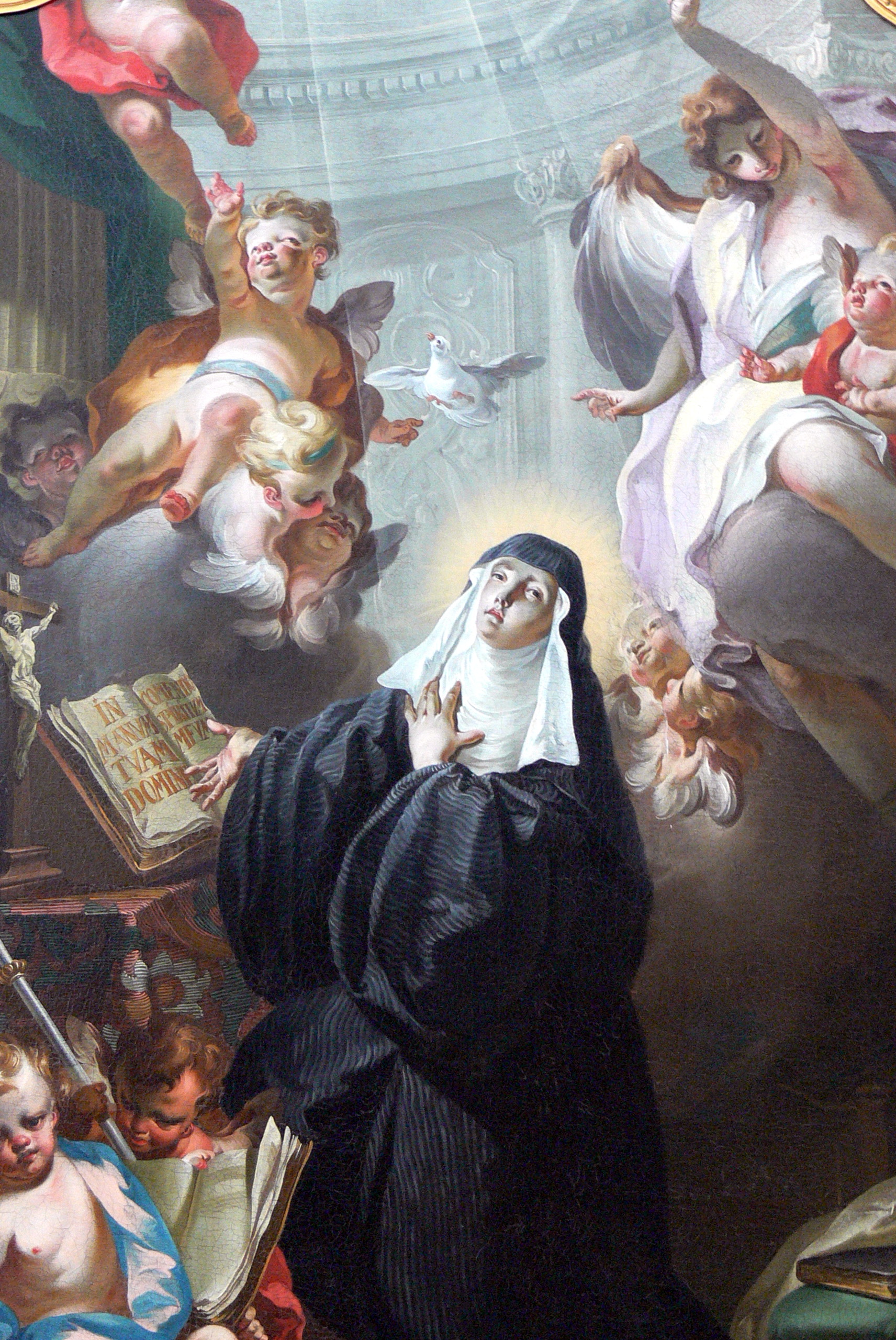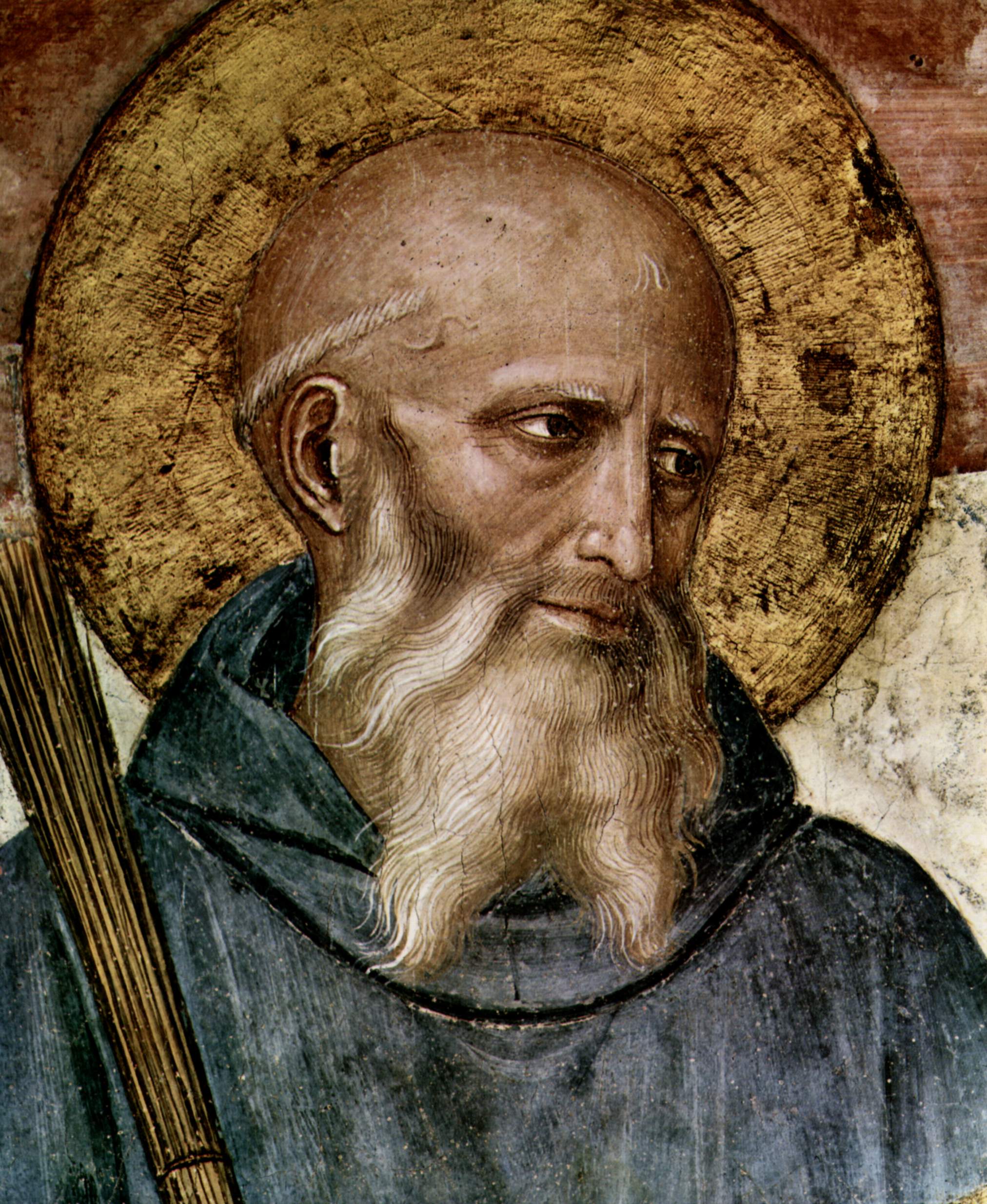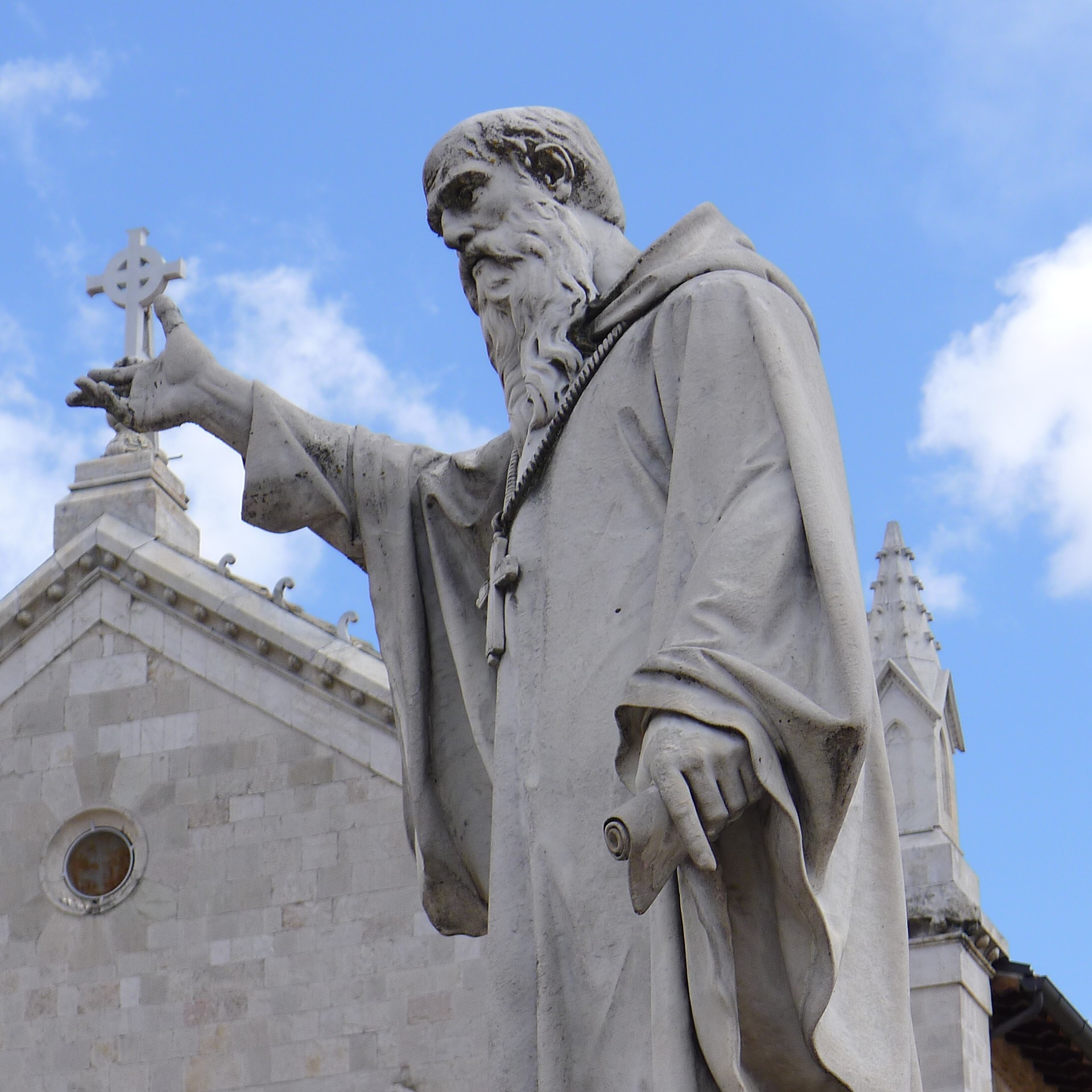
"Ora et Labora"
"The Benedictine Order is the oldest religious order in the Western Church, having been founded in the early 6th Century by St. Benedict. St. Benedict's 'little rule for beginners,' as he calls it, has lasted for over 1500 years because of his flexibility and insight into human nature. St. Benedict tells us to 'prefer nothing to the work of God'-- the daily rhythm of praying the psalms in the Divine Office. The Divine Office, is part of the liturgy of the Church, which is the heart of the Christian culture. In this exalted form of prayer we bring all of creation together into the praise of God."
-a Benedictine Nun in Virgina Dale, CO
“Almighty God, give me wisdom to perceive You, intelligence to understand You, diligence to seek You, patience to wait for You, eyes to behold You, a heart to meditate upon You and life to proclaim You, through the power of the Spirit of our Lord Jesus Christ. Amen.”

Types of Benedictines
Because the Benedictine tradition is so ancient, it has developed into several different expressions over the centuries. Today there are three main orders tracing their roots back to St. Benedict and his sister St. Scholastica, which can be identified by the initials representing each order.
- Order of Saint Benedict (OSB), who live according to the original rule of St. Benedict
- Order of Cistercians (O Cist), who live according to the 12th century reforms of St. Bernard of Clairvaux
- Order of Cistercians of the Strict Observance, or Trappistines (OCSO), who live according to the 17th century reforms of Armand Jean le Bouthillier de Rancé
Below you will find information on monasteries of each Order in the United States.
Order of Saint Benedict
This Order follows the original Rule written by St. Benedict in the 6th century. The Benedictine Rule, which became the foundational text for Western monasticism, describes a balanced communal life of contemplative silence, continual prayer, and manual work. The Benedictine motto "ora et labora" (prayer and work) reflects this balance. Liturgical prayer, especially the chanting of the liturgy of the hours, is central to Benedictine spirituality. Benedictines profess vows of obedience, stability, and conversion of life.

Cistercians & Trappistines
In 1098, a group of French monks founded Cîteaux Abbey with the intent to return to the roots of St. Benedict's Rule. The Cistercian movement began to flourish ten years later when St. Bernard of Clairvaux entered the monastery at Cîteaux. Cistercian spirituality emphasized simplicity of life, represented in its architectural heritage, and the importance of manual labor. In the 18th century, a French Cistercian named Armand Jean le Bouthillier de Rancé, abbot of La Trappe Abbey, began a reform of the Cistercian order that resulted in the creation of the Cistercians of the Strict Observance (Trappists).














